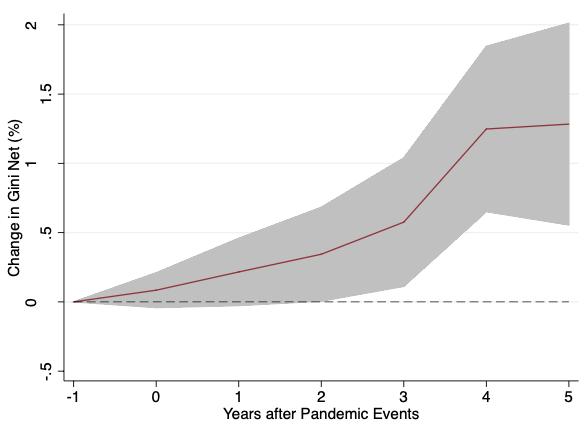The cryptocurrency market has got off to a miserable start in 2022. Two months after reaching a record high market capitalization of almost US$3 trillion, the sum total of funds in the market nosedived by almost one-quarter last weekend. Yet it remains the case that every crisis brings with it opportunities, and some investors are seizing them.
James Quinn, a managing partner at Hong Kong-based crypto investment platform Q9 Capital, told Forkast that despite the market volatility, his company has seen a surge in account openings.
“Generally, [our clients] tend to be either holding or buying, actually, so that’s kind of a big change. I would have seen the space a couple of years ago, where people were more ‘tourists,’ Quinn said. “I think some people are actually seeing this as an opportunity, perhaps to buy it at some cheaper levels than they were looking at a few months ago.”
The outlook for the crypto market isn’t pretty right now, with expectations that prices will remain in the doldrums and predictions that Bitcoin may fall below US$30,000 before any recovery takes hold. Quinn said the recent rout comes due to increasing linkages between the values of cryptocurrencies and other assets.

“One of the things that crypto and digital assets were built for was [that they’re] not correlated with traditional markets,” he said. “It’s a good place to invest to diversify your portfolio. And the correlation has been going up. It’s going up, in particular, as the market’s going lower.”
He said the increasing price correlation between crypto and traditional financial markets can be attributed to the increasing institutionalization of the cryptocurrency sector.
“As more people come from traditional finance, and more investors come in and are new to the space, they’re going to be holding both digital assets — crypto and all types of traditional assets,” Quinn said. “Especially when it’s market-off and you’re getting a margin call somewhere, or you’re just feeling you need to de-risk somewhere, everything is going to get hit a little bit.”
As cryptocurrency prices have experienced considerable volatility the market for NFTs has remained buoyant, its continued rapid growth in Asia seems assured, which Quinn attributed to the fact that NFTs have introduced all-important tangibility to the crypto sphere.
“It’s hard to get your head around Bitcoin and ETH and crypto, which doesn’t have any kind of physical representation, so to speak — it’s just numbers,” Quinn said. “But you own a piece of something that you can do something with — an NFT — and that’s like a gateway into crypto and the digital assets community.”
Asia’s strong take-up of gaming and metaverses has also given it potential to take a lead in metaverse competition, with South Korea aiming to position itself at the forefront of the field by 2026.
Watch Quinn’s full interview with Forkast Editor-in-Chief Angie Lau to learn more about the correlation of digital and traditional assets, the institutional adoption of cryptocurrencies, how the crypto industry’s outlook on regulation has changed, and why new investors are lining up to get into crypto amid the slump in prices.




